Silence. Silence could be a state of mind, a deliberate action that expresses repressed thoughts and emotions, or one that personifies seething rage imploding in the hidden corners of our psyche. The word, however, has often been synonymous with boredom and tedium in general discourses on cinema. To what extent that is true will always remain subjective and is one that triggers an enormous debate. I, for one, have always been intrigued by deeply contemplative and meditative silences. Endless, fascinating conversations can be really engaging, but silence often speaks a lot more than phrases and syllables. This article takes a look at films that make the best use of silence. It should also be noted that the silence here refers not just to the sound but also to the emphasis on the characters’ emotions. The list is a hybrid mix of films that use music and natural sounds to accentuate the silence consuming the characters. With all that said, now, let’s jump ahead and catch some great movies.
10. The Good, the Bad and the Ugly (1966)
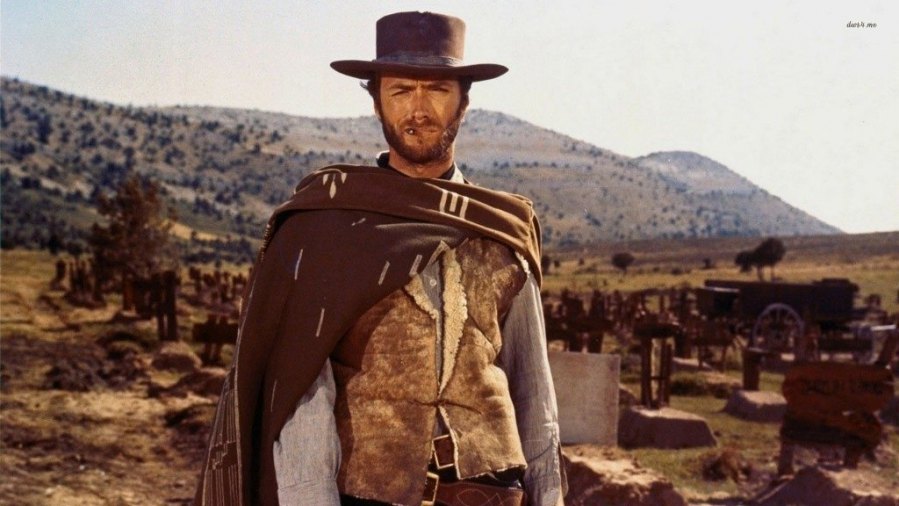
Sergio Leone has never done a film in his career that has fallen short of being epic. Leone’s cinematic aesthetics comprises long shots, close-ups, and minimal dialogues. And the final installment of the iconic ‘Dollars Trilogy’ was the apex of Leone’s cinematic prowess and vision. ‘The Good, the Bad and the Ugly’ follows three gunslingers looking for treasure buried in a remote cemetery amidst the violent chaos of the American Civil War. Replete with memorably sweeping scores by the great Ennio Morricone, the film features very less dialogue with Sergio Leone letting the viewers savor the acting performances, the characters’ internal conflicts using intense close-up shots as the brooding silences of his characters, complimented by Morricone’s epic scores, claw on to you, wrapping you with a sense of unnerving coldness in anticipation of the imminent mayhem.
9. There Will Be Blood (2007)
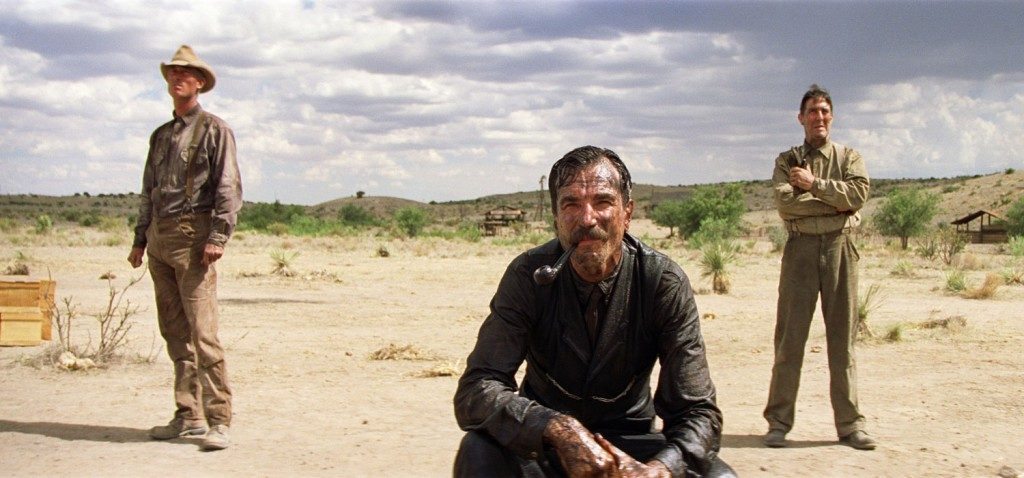
Like Stanley Kubrick, Paul Thomas Anderson is a chameleon. With every film, Anderson constructs a different world and crafts a different story while drastically changing his approach towards every film, making him one of the most daring and ambitious auteurs of our times. And to think that he could top a film like ‘Magnolia’ itself is a testament to his genius. After the exuberant ‘Boogie Nights’, profound ‘Magnolia’ and the quirky ‘Punch Drunk Love’, Anderson turns to a more formalistic and subtle style of filmmaking unlike any of his previous works. The ever-enigmatic beauty of Daniel Plainview’s inner psyche is poetically explored in eerie silences. The opening 15 minutes of the film in itself is a staggering achievement in filmmaking where a single line of dialogue isn’t spoken as Anderson establishes Plainview’s motivations, piquing his viewers’ fascination for the character without being explicit in his approach.
8. Raging Bull (1980)
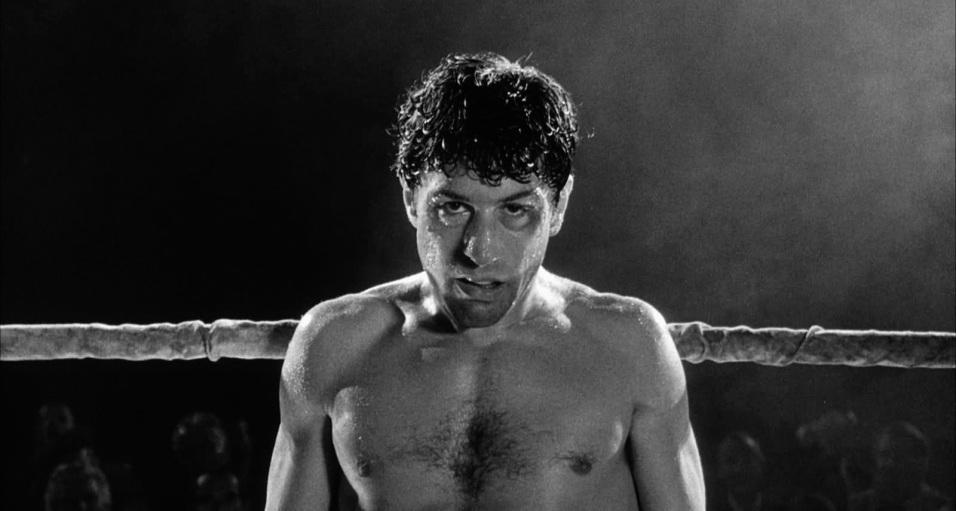
I wouldn’t know for sure if it is my ability to appreciate nuanced filmmaking or my Scorsese fandom that’s getting through here. But I am sure I wouldn’t have been able to live with myself with the exclusion of a film that edified me about the various facets of cinema and human nature. ‘Raging Bull’ arguably has one of the best uses of silence in cinema. The gorgeously shot fight scene between LaMotta and Ray reaches its zenith as LaMotta’s undying impulse for self-destruction, and his ultimate demise inside the ring is captured with a brutally poetic touch of human silence where Scorsese tons down the audience’s noise and scores while centering focus on the rivals. The silence blows out like a storm of pulsating emotions, intensifying the rivalry between Ray and LaMotta.
7. Solaris (1972)
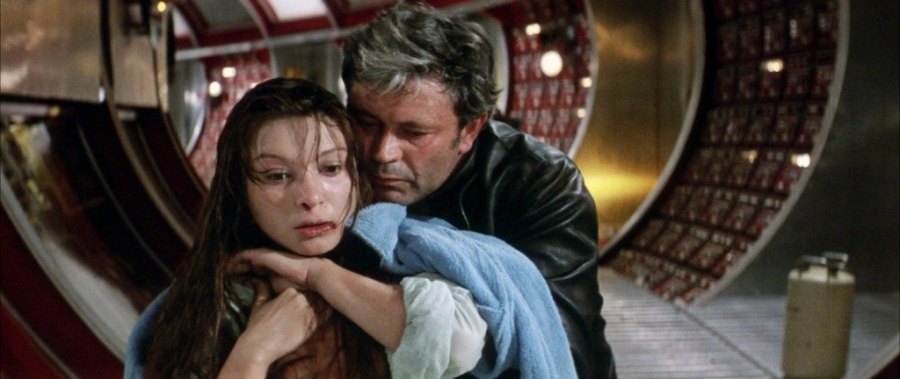
Andrei Tarkovsky’s serene reflection of the vacuum that inundates human existence and identity in his 1972 science fiction masterpiece, ‘Solaris’, was a cinematic counter-attack to Stanley Kubrick’s ‘2001: A Space Odyssey’. ‘Solaris’ follows a psychologist who is sent to the Solaris space station in order to understand and analyze the mysterious emotional crises the scientists of its crew have fallen into. The relaxed pacing of the film, complimented by Tarkovsky’s exquisitely poetic use of silences, beautifully plays out the tranquil, meditative narrative of the film. Tarkovsky delves into his characters’ silences, exploring their inner selves soaked in existential numbness and perennial grief.
6. Uzak (2002)
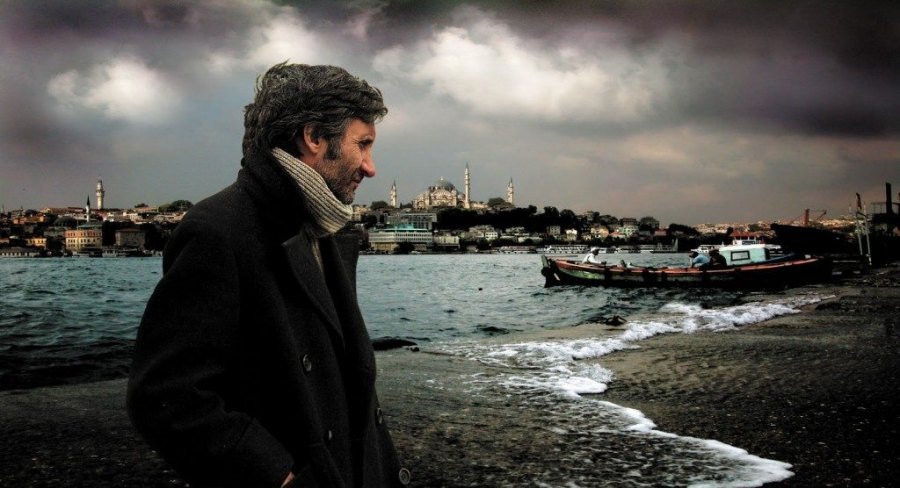
Nuri Bilge Ceylan, much like Andrei Tarkovsky, is a filmmaker-driven purely by cinematic vocabulary and a deep fascination for reflecting human feelings about the seasons of nature. His 2002 drama, ‘Uzak’, tells the story of a young factor worker, Yusuf, who loses his job and has come to Istanbul to stay with his distant cousin, Mahmut. The two do not get along well as Yusuf is an illiterate, uneducated and simple minded man with naive outlook on life and society while Mahmut is a wealthy, intellectual photographer who seems to be a devout admirer of art and philosophy. With little to no focus on any kind of plot and refraining from cliched storytelling approach, Ceylan dramatizes the ocean of emotional vacuum deluging their existence using long takes and his signature style backward shots that let the viewers speculate on the characters’ inner thoughts and emotions.
5. Blowup (1966)
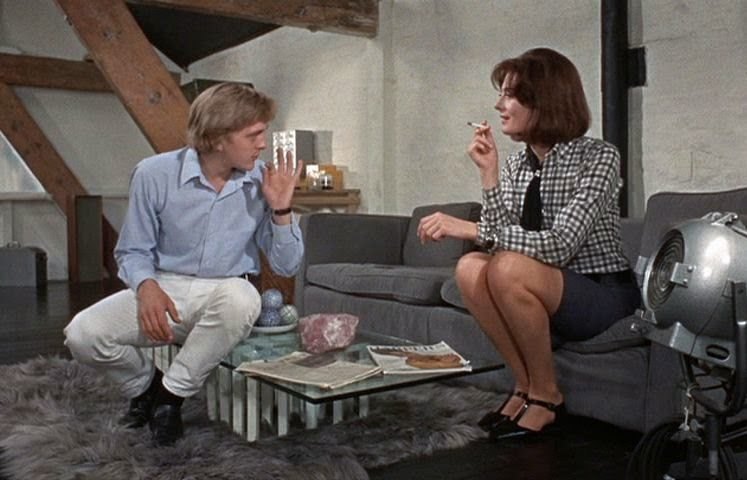
Silence has always been an inherent element in Michaelangelo Antonioni’s cinema. A master filmmaker with an auteuristic vision, Antonioni is one of cinema’s boldest and most experimental directors whose work featured visuals of ravishing beauty with a relaxed pace and approach to story telling that focuses on the mood rather than plot or character development. ‘Blowup’ is arguably his masterpiece. The film tells the story of a photographer who thinks he captured a murder on film. Antonioni uses the power of silence here to construe mysteriously intricate images and the proclivity of the human mind to deduce concealed tales from them.
4. The Seventh Continent (1989)
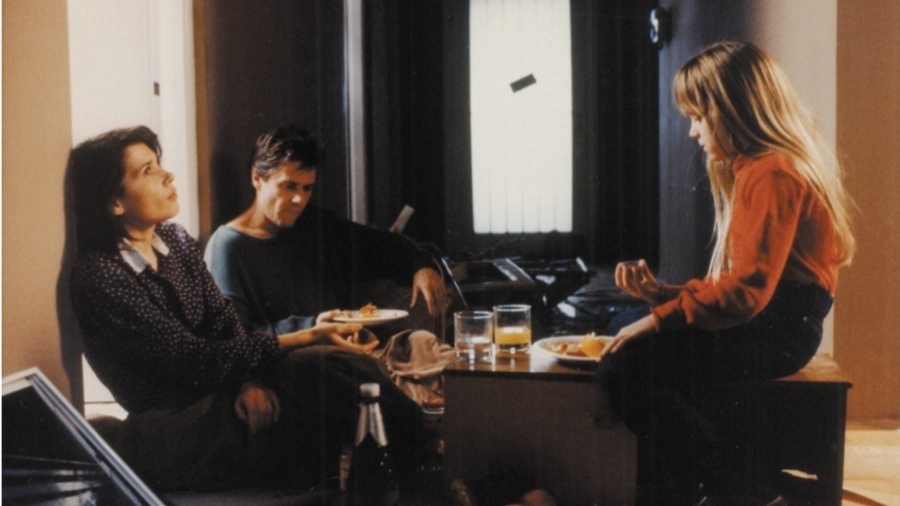
In what could arguably be regarded as the most shocking debut in cinema history, Michael Haneke devastates and bludgeons his viewers with a silence, hushing down the violent implosions that plague the human psyche. ‘The Seventh Continent’ tells the story of a socially estranged family looking to escape to Australia in search of a new life but eventually end up destroying themselves. Haneke’s camera peeks into the family’s mundane activities and the very silence and emotional void consuming their existence, Haneke crafts a staggering piece of cinema, peeling off the masquerade of the bourgeois life and modern society. Haneke’s trademark subtlety and eerily fascinating stillness pervades the film with a sense of penetrating horror and discomfort.
3. Jeanne Dielman, 23 Quai du Commerce, 1080 Bruxelles (1975)
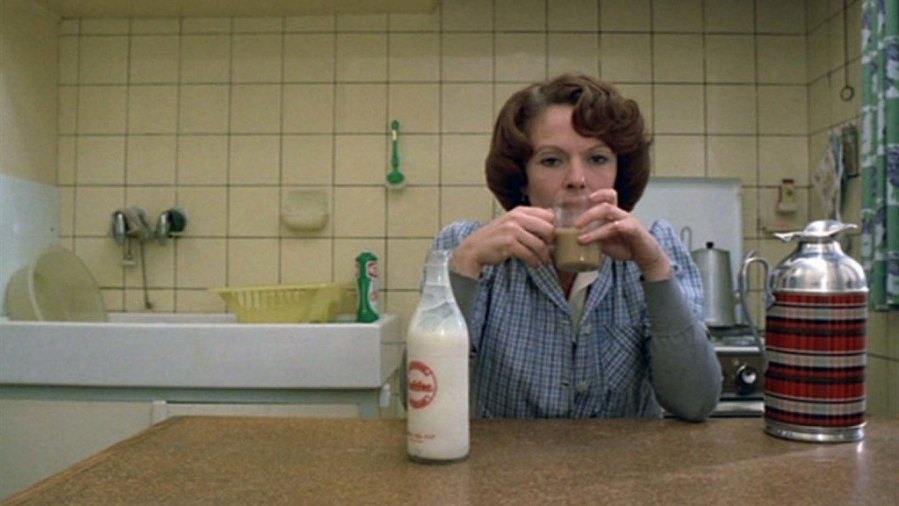
The unfathomable genius of Chantal Akerman roars in silence throughout the film as she fearlessly violates the cinematic grammar of narrative structure and pacing. ‘Jeanne Dielman, 23 Quai du Commerce, 1080 Bruxelles’ is a harrowing look at the mundane life of a single, widowed mother over a period of three days. Akerman extensively focuses on Dielman’s regimented schedule of cooking, cleaning, and mothering with a taut focus on Dielman’s disquieting implosions as Akerman uses the silence that engulfs Dielman’s mundane existence, evoking a claustrophobic sense of emotional confinement. Akerman masterfully employs silence to convey the burning angst of an ignored, rotting life with a seething rage that lurks throughout the film.
2. Once Upon a Time in Anatolia (2011)
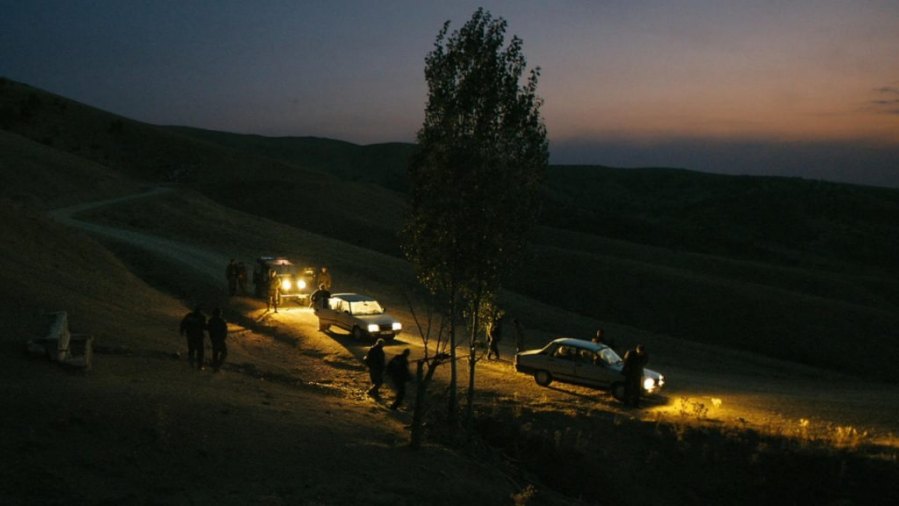
Turkish auteur Nuri Bilge Ceylan is one of the finest exponents of the silence theory in contemporary cinema. And to snatch two places on the list shows his unparalleled mastery at depicting the beauty of silences in cinema. In ‘Once Upon a Time in Anatolia’, Ceylan explores the enigma of human silence with a level of profoundness and humanity that paints the ineffable mysteries wrapped in the anonymous corridors of the human soul. The film captures a humdrum episode in the lives of a group of Turkish officials on a search for a dead body on the gorgeous landscapes of Anatolia. ‘Once Upon a Time in Anatolia’ is a deeply meditative and contemplative reflection of the elusiveness of truth in human lives; a hypnotic expedition seeking to unveil the facades of human existence amidst flailing emotions and withering relationships.
1. The Silence (1963)
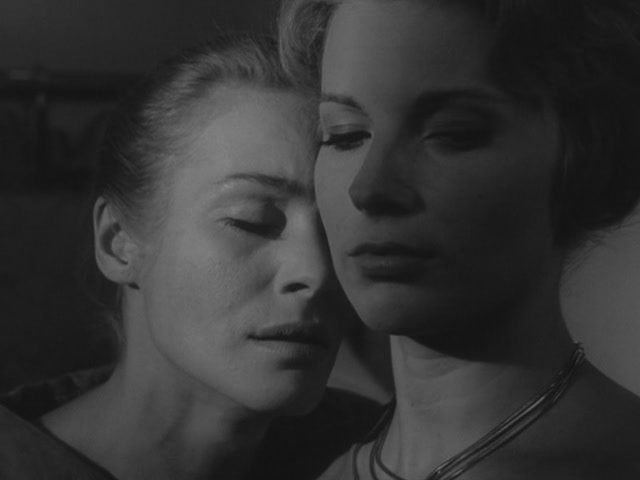
There really isn’t much of an in-depth explanation or analysis required when you read the title of this film and more so when you realize that the name of the director behind the film happens to be Ingmar Bergman. I have said this before and I say it again. Ingmar Bergman’s mystical powers to penetrate the human psyche and caress the secrets concealed within the enigma of relationships is unparalleled in all of cinema. His 1963 psychological drama, ‘The Silence’, depicts the tale of two sisters who are travelling to a Central European country on the brink of a war and explores the sensuous, disturbing dynamics of their relationship. Bergman uses silence referring to the emotional estrangement distancing his protagonists and the lack of communication between them and the people of the fictional country who speak the language, “Timoka”, not spoken by either of the central characters in the film.

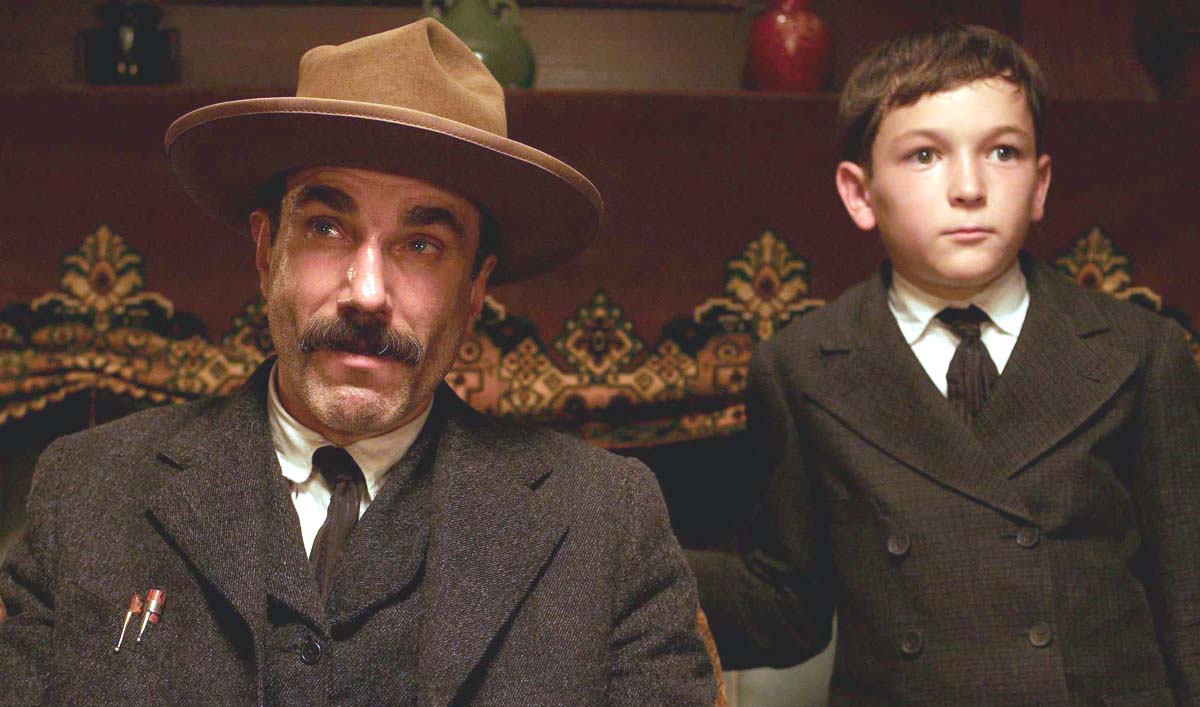
You must be logged in to post a comment.